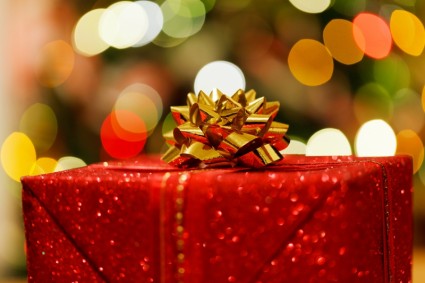I recently overheard an interesting conversation between a wine retailer and customer. The customer was looking for a nice bottle of wine to give as a gift. The two talked about regions and price, and the shopper said with confidence that he was searching for a Bordeaux wine.
(I admit I eavesdrop a lot in retail stores because I love to hear the questions consumers ask.) The next question was from the retailer: “Were you thinking right bank or left?” With this wine-speak question, of course, I had to sneak a quick peek and continue listening. And as would have been expected it was a term the customer was not familiar with concerning Bordeaux wines.
The term “left bank” versus “right bank” is an easy lesson in the sometimes difficult-to-understand language of French wines. It refers to the geography of the region. The main river in Bordeaux, the Gironde, passes through the core of Bordeaux’s most prestigious vineyards. There are two smaller rivers, the Dordogne and Garonne, that merge to form the Gironde. If you’re looking at a map, the left bank is south (or left) of the Garonne and the right bank is north (or right) of the Dordogne. (The area in the middle, the Entre Deux Mers, is mostly forest with only a handful of vineyards.)
Red wines make up almost 90 percent of wine produced in Bordeaux. Most red Bordeaux is blended from cabernet sauvignon, merlot, malbec, cabernet franc and petit verdot, but each grape thrives in different growing areas.
Most white Bordeaux is made of sauvignon blanc, semillon and muscadelle.
The left bank boasts regions such as Margaux and Pauillac. Cabernet sauvignon dominates this area because the vine demands well-drained, gravelly soils. Unlike some grapes, cabernet sauvignon does not grow well with its roots lying in soggy soil.
The right bank includes the regions Pomerol and St. Emilion, and is home to world-renowned wineries such as Petrus and Cheval Blanc. The soil of the right bank has more clay, leading to less drainage. In this soil, merlot and cabernet franc take the lead, and cabernet sauvignon plays a very small role. Merlot wines tend to be more fruit-forward and they mature earlier than many of the wines dominated by cabernet.
THE VALUE
- 2013 Chateau Pilet Bordeaux Blanc, right bank/Entre Deux Mers, France (about $13 retail)
THE SPLURGE
- 2012 Chateau Mongravey, left bank, France (about $50 retail)
